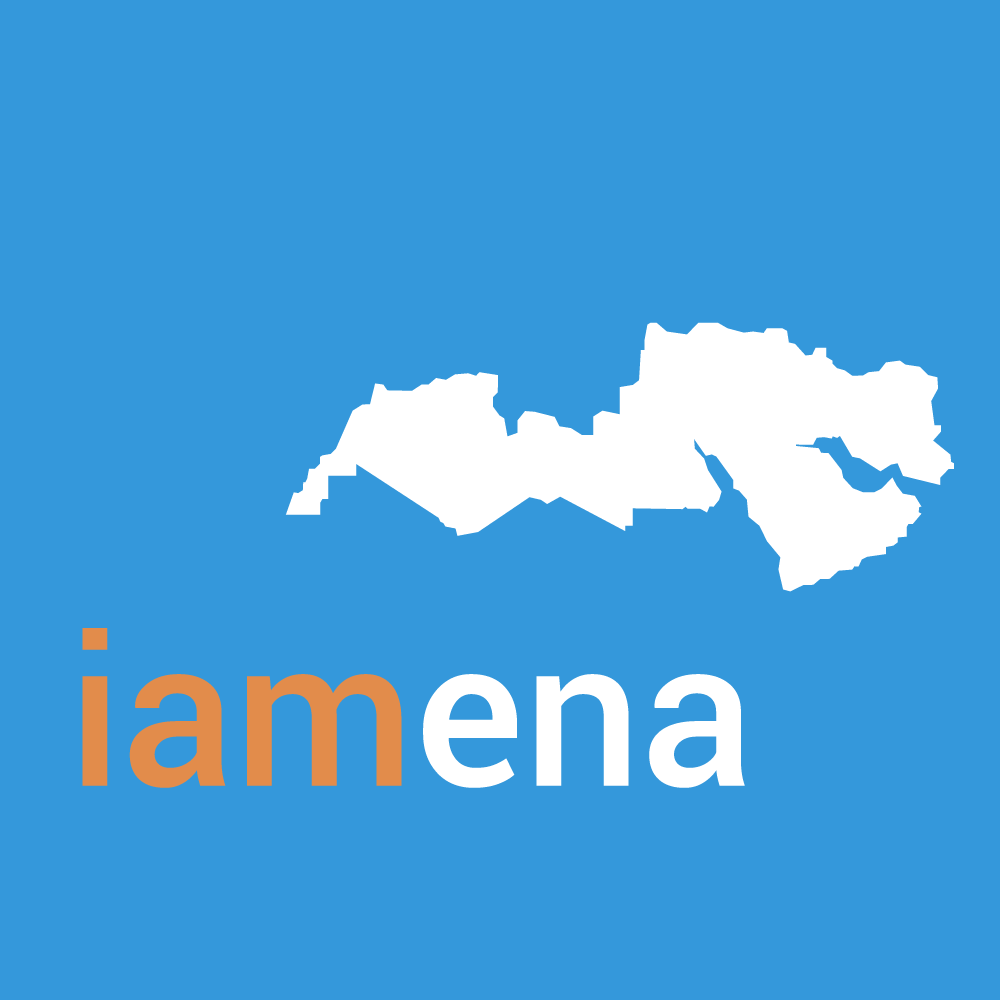WHY MENA
Why Mena
Nieuwe aliThe Middle East and North Africa (MENA) is a region encompassing approximately 22 countries in the Middle East and North Africa. The MENA region accounts for approximately 6% of the world’s population, 60% of the world’s oil reserves and 45% of the world’s natural gas reserves. Due to the region’s substantial petroleum and natural gas reserves, MENA is an important source of global economic stability.
على الرغم من العقبات السياسية ، يوفر الشرق الأوسط للمستثمرين على المدى الطويل بيئة مواتية للاستثمار. وبدعم من عائدات النفط ، شهدت دول الشرق الأوسط وشمال إفريقيا إنفاقًا أكبر على الرعاية الصحية والبنية التحتية ووسائل الراحة الحديثة الأخرى. قطر هي واحدة من أكبر مصدري الغاز الطبيعي المسال في العالم ، وحقول النفط الشاسعة في المملكة العربية السعودية معروفة جيدًا. يتوقع المحللون أن تحقق المنطقة فائضاً نفطياً بقيمة 1.1 تريليون دولار أو حوالي 30 مليون دولار لكل مقيم خلال السنوات القليلة المقبلة. تأتي هذه الدولارات البترولية مع ميزة إضافية تتمثل في كونها تعتمد على الدولار. ربطت حوالي نصف الدول العشرين التي تتكون منها منطقة الشرق الأوسط وشمال إفريقيا عملاتها بالدولار الأمريكي. على عكس الولايات المتحدة ، حيث لم تحفز أسعار الفائدة المنخفضة النمو الاقتصادي ، استثمر المستثمرون في الشرق الأوسط رؤوس أموالهم في مشاريع التوسع الضخمة وبناء البنية التحتية. في النهاية ، هذا يفيد شعوب الشرق الأوسط وشمال إفريقيا.
Demographics are also on the MENA nation’s side. Nearly 30% of the population or about twice that of the developed worlds is within the 15 to 24 year old age bracket. As governments within the region attract new industries, develop educational programs and expand public works projects, this young demographic will be the driving force behind the economy.
As a major exporter to Europe, many nations within the MENA are benefiting from the recoveries in Germany, the Netherlands and Switzerland. These strong economic recoveries are helping compensate for a weak U.S. market. New trade partners in Asia, including China, are creating new avenues for growth. Investors can profit from this relationship through the region’s average 5.7% dividend yield.
nea






